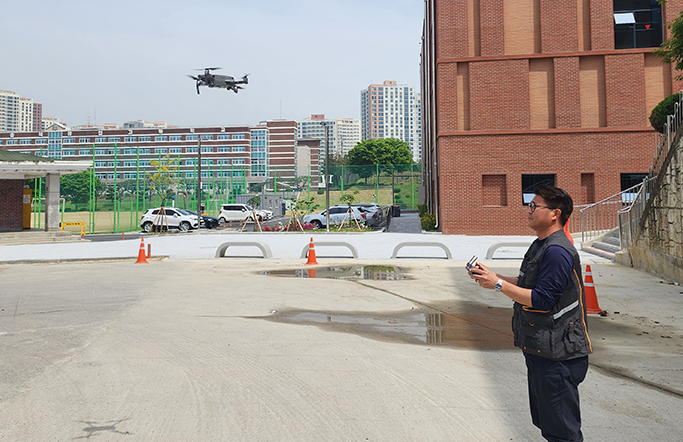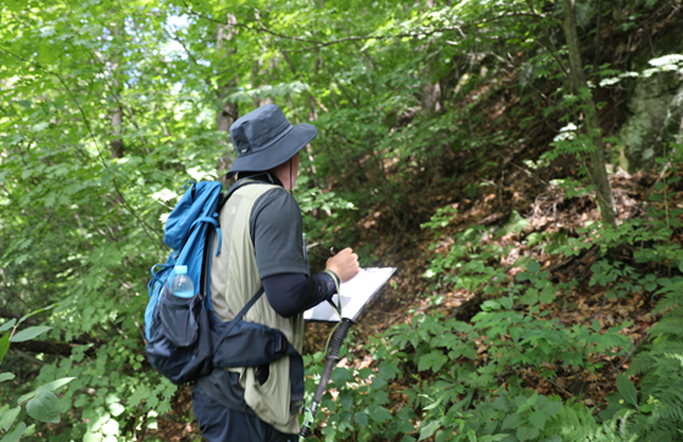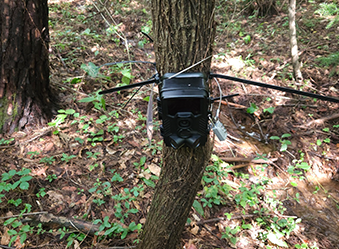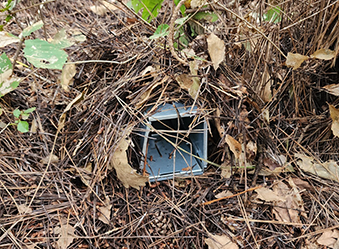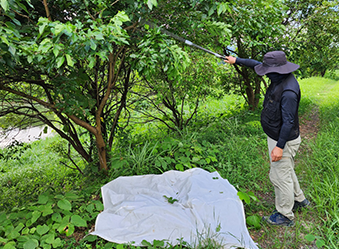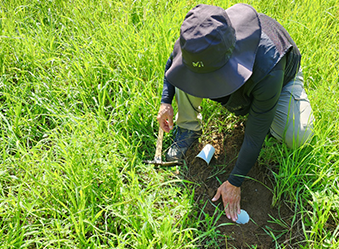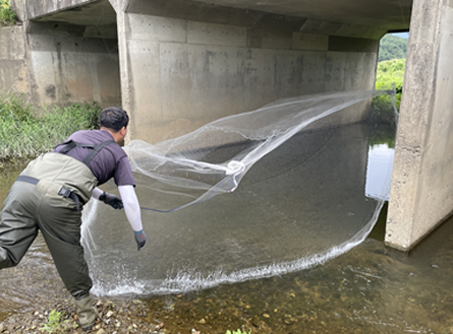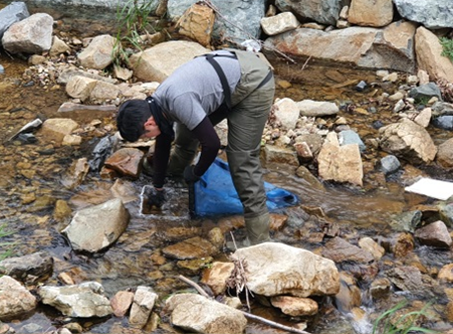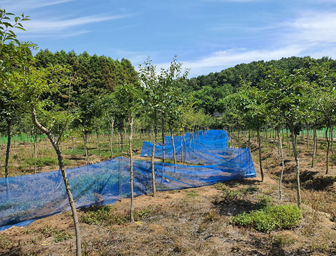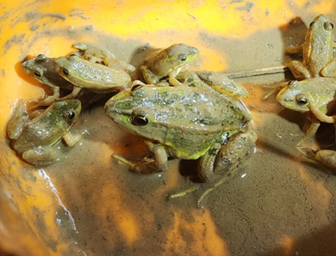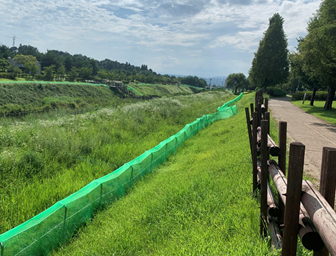Endangered Species Capture and Relocation Projects
In cases where endangered wildlife species are identified during the ecological survey conducted as part of the pre-construction Environmental Impact Assessment (EIA), appropriate conservation measures must be established before project implementation. Species-specific mitigation plans should be developed according to the ecological characteristics of each taxon. In particular, if impacts such as habitat destruction or population decline are anticipated for species such as the Narrow-mouthed Toad (Kaloula borealis, Endangered Wildlife Class II) and the Gold-spotted Pond Frog (Pelophylax chosenicus, Endangered Wildlife Class II), alternative habitats must be secured in advance. Following this, capture and relocation procedures should be conducted in accordance with Article 14, Paragraph 1 of the “Wildlife Protection and Management Act” and Article 13, Paragraph 1 of its Enforcement Rules, after obtaining official permits for the capture and release of endangered wildlife species. DaonEco Co., Ltd. has been actively conducting capture and relocation projects for K. borealis and P. chosenicus, implementing protective measures to ensure the stability and continuity of endangered species populations by relocating them to suitable habitats when preservation of their original habitats is deemed infeasible.



